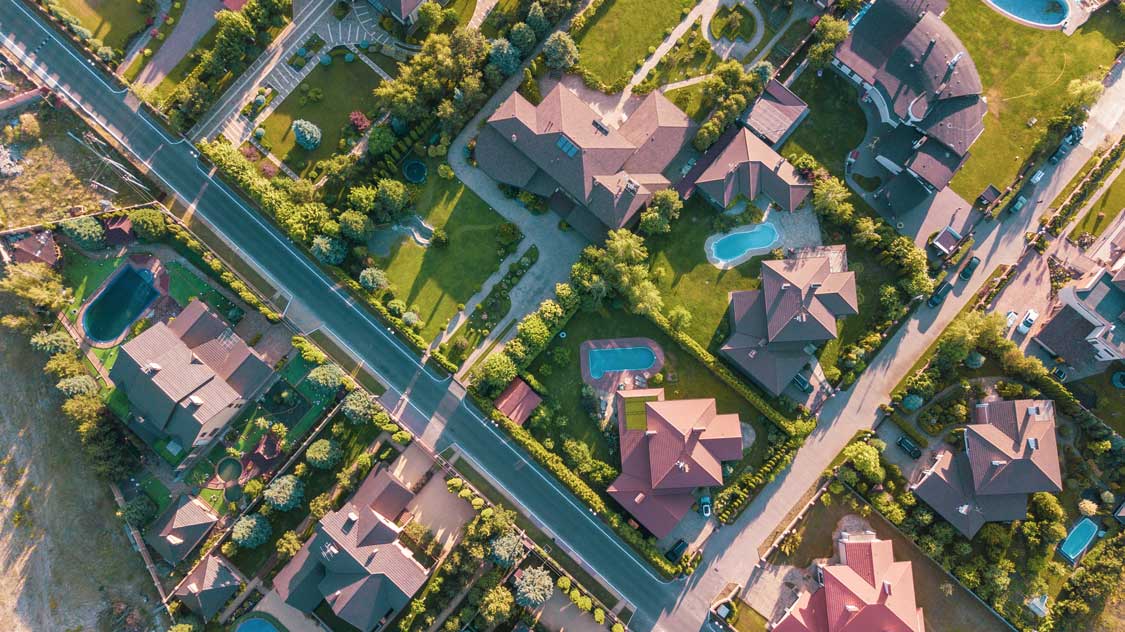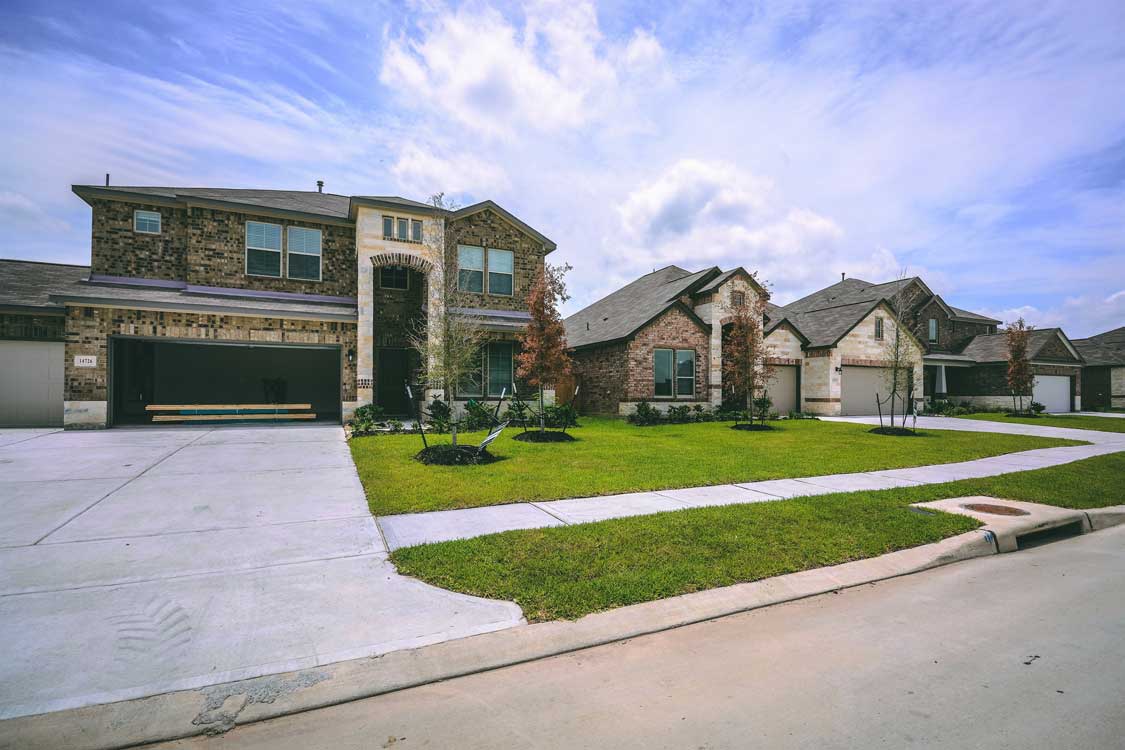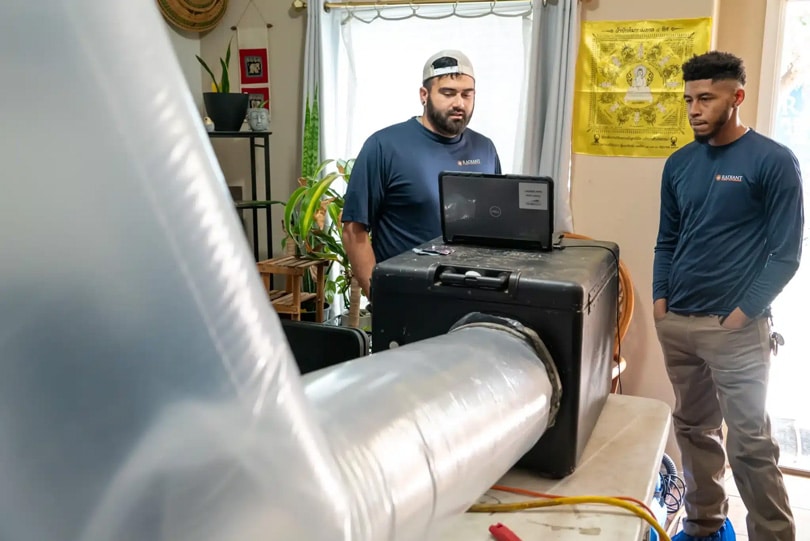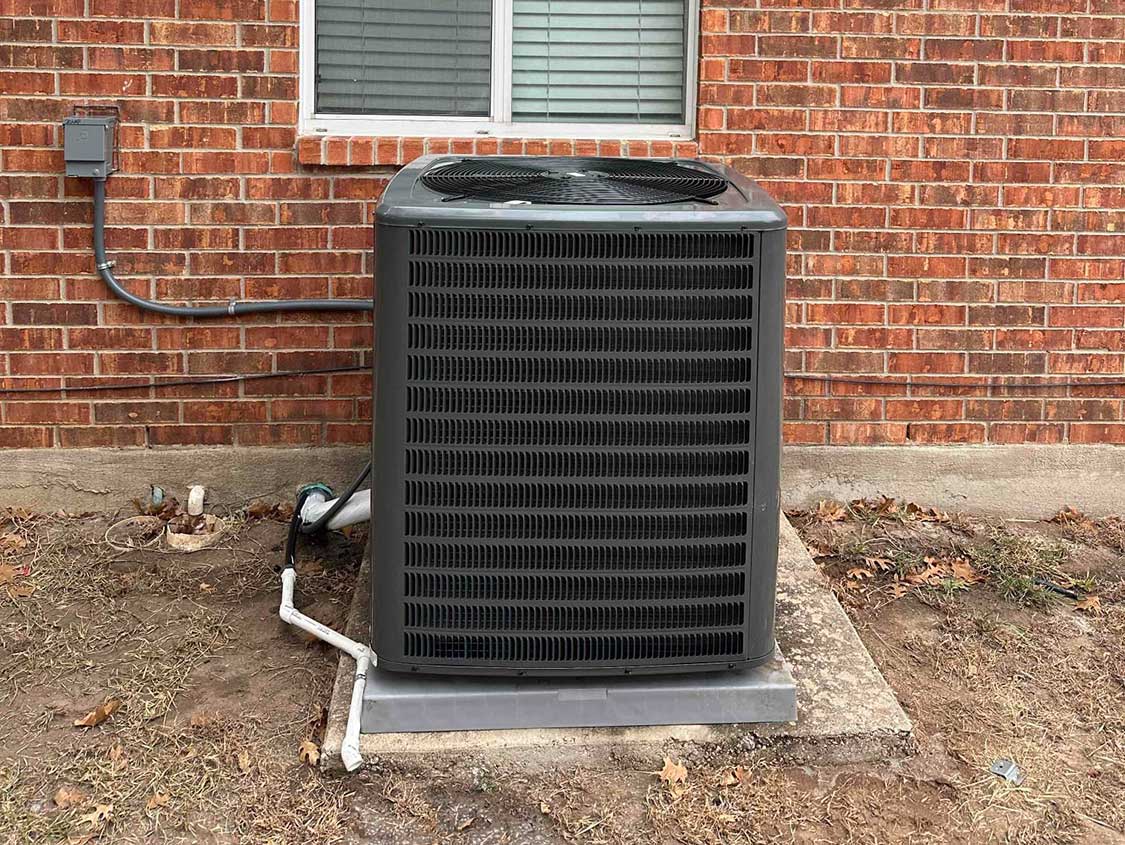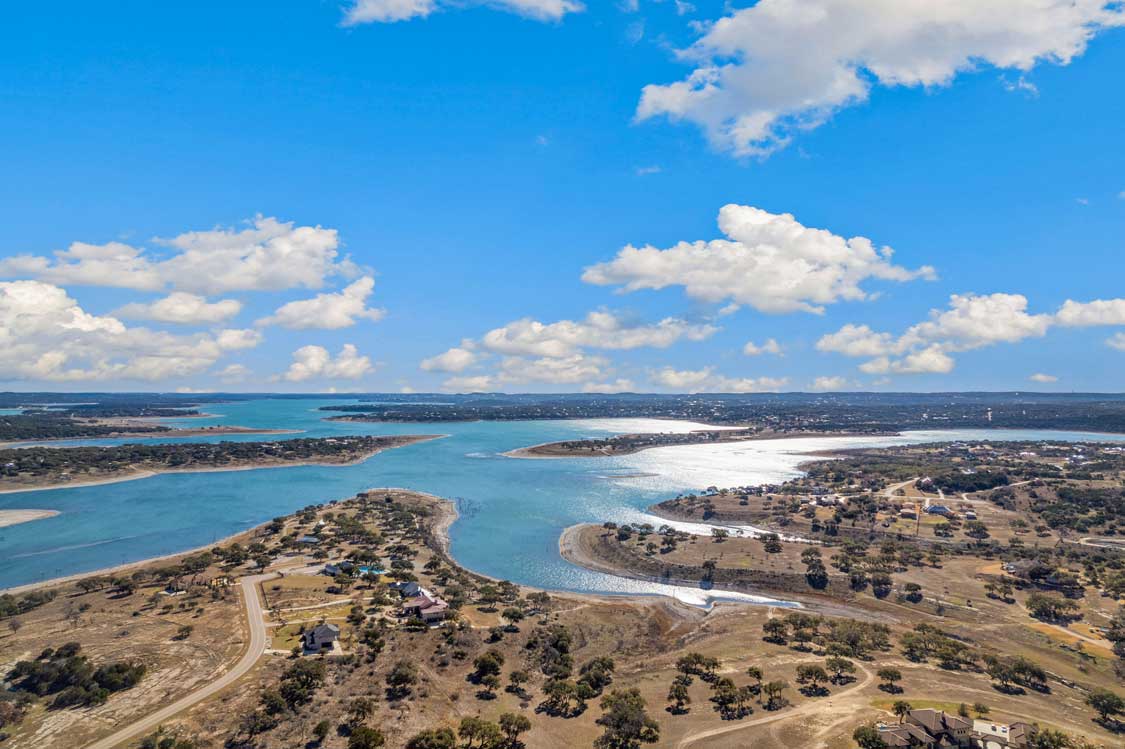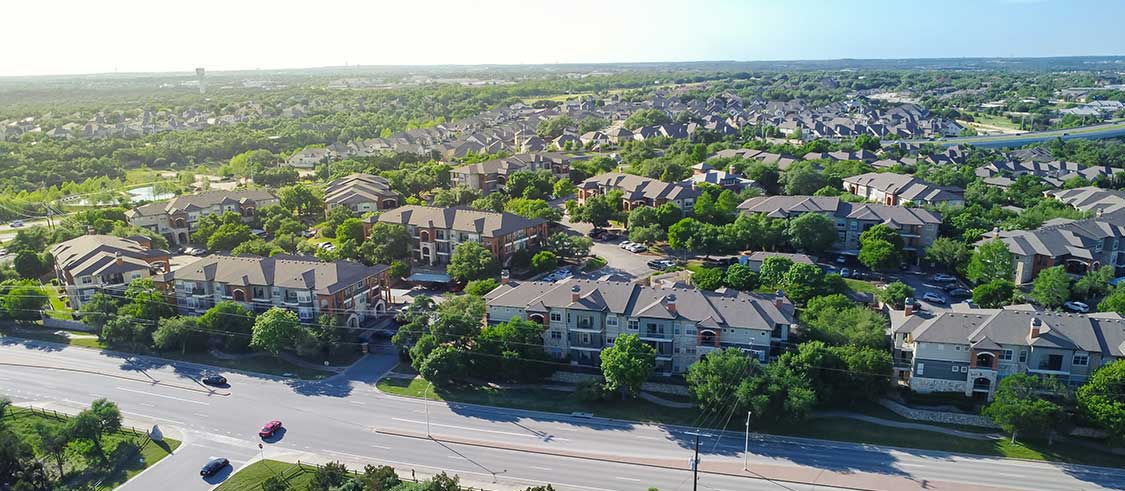Updated: November 3, 2025
If you’ve ever seen “Aux Heat” pop up on your thermostat, you might have wondered what does aux heat mean or even why your thermostat says aux heat. The good news? It’s nothing to worry about. It’s one of the most common questions we hear from homeowners across Austin and San Antonio, especially when a surprise cold front rolls in.
So, what is auxiliary heat? It’s your heat pump’s built-in backup system. When outdoor temperatures drop too low for the heat pump to pull in enough warmth on its own, aux heat turns on to keep your home comfortable. You might see the message “aux heat on” on your thermostat, but that’s your system telling you it’s using a little extra power to keep things cozy.
The key thing to remember is that it’s completely normal. Seeing “Aux Heat” doesn’t mean your system is broken or that it’s wasting energy. It’s simply doing its job: keeping your home warm, even on those chilly Texas mornings.
Still, we know it can get confusing, especially when you also see terms like auxiliary heat vs emergency heat or heat pump emergency heat. Understanding what those mean and when to use them can help you avoid unnecessary energy use and keep your heating system running smoothly all winter long.
What Does Aux Heat Mean?
When your thermostat says “Aux Heat” or “Aux Heat On,” it’s letting you know your system has temporarily switched on a backup heat source to help your heat pump. So, what does aux heat mean in plain terms? It means your heat pump is getting a little assistance to keep your home warm.
Auxiliary heat turns on automatically when the heat pump needs help reaching the temperature you’ve set – usually during a sudden drop in outdoor temperatures or when you raise your thermostat several degrees at once. For instance, if a cold front moves through Central Texas overnight and you bump your thermostat from 66°F to 72°F in the morning, your system might not be able to keep up on its own. That’s when aux heat turns on to give it a boost.
So if “Aux Heat” appears briefly on a chilly Texas morning, don’t worry – it’s a normal sign that your system is working as intended.
Why Does My Thermostat Say Aux Heat?
Auxiliary heat activates under specific conditions—usually when:
- Outdoor temperatures fall below about 35°F
- The thermostat is raised several degrees at once
- The system enters a defrost cycle to melt ice on the outdoor unit
When that happens, your thermostat will display “Aux Heat On.” This doesn’t mean something’s wrong. It simply indicates your system is temporarily using additional heating elements (like electric resistance coils or a gas furnace) to maintain comfort. Once things stabilize, it automatically reverts to standard heat pump operation.
Auxiliary Heat vs Emergency Heat
Many homeowners mix up aux heat and emergency heat, but they’re not the same. Here’s a quick breakdown:
| Feature | Auxiliary Heat | Emergency Heat |
|---|---|---|
| Activation | Automatic | Manual |
| Role | Supports the heat pump | Replaces the heat pump |
| When to Use | Cold weather or defrost cycles | When the heat pump fails |
| Energy Use | Moderate | High |
- Auxiliary heat helps your heat pump during normal operation.
- Emergency heat (or heat pump emergency heat) is for when the heat pump isn’t working properly; like during a mechanical failure, frozen outdoor coil, or severe icing.
When you switch to emergency heat, the system bypasses the heat pump entirely and relies only on the backup source. It’s an energy-intensive mode that should be used only until repairs are made.
Is It Bad If Auxiliary Heat Comes On?
Not at all! If you see “Aux Heat” or “Aux Heat On” on your thermostat, there’s no reason to worry—it usually means your system is working exactly as it should. Auxiliary heat turns on automatically when your heat pump needs a little help keeping up with your thermostat setting, like during a sudden cold snap or after you’ve raised the temperature several degrees.
However, if you find yourself wondering why is aux heat on for long stretches or even when it’s not that cold outside, it could be a sign your system is working harder than necessary. That might point to an efficiency issue, dirty coils, or a developing problem that needs attention.
Because auxiliary heat uses more energy than your standard heat pump cycle, frequent or extended use can also drive up your utility bills. If that happens, or if you just want peace of mind, Radiant’s HVAC experts are ready to help. We offer 24/7 emergency heating repair across Austin, San Antonio, and the Hill Country, so you’re never left in the cold.
To help prevent future issues, our Radiant Care Club members receive regular tune-ups, priority scheduling, and savings on repairs. It’s an easy way to keep your system efficient, catch small problems early, and avoid unexpected surprises when the next Texas cold front rolls through.
Prevent Unnecessary Aux Heat Use
Maintain Steady Thermostat Settings
Avoid drastic temperature jumps. Adjust your thermostat gradually—one or two degrees at a time—or let a smart thermostat handle small, automatic changes throughout the day.
Improve Your Home’s Insulation
Homes with good insulation retain heat longer, meaning your system won’t have to rely on auxiliary heat as often. Sealing air leaks around windows and doors can make a big difference in both comfort and energy savings.
Keep Up With Heat Pump Maintenance
Routine maintenance is the easiest way to prevent unnecessary aux heat activation. When your system is clean, tuned, and fully charged, the heat pump runs more efficiently and keeps backup use to a minimum.
A professional tune-up ensures your coils, refrigerant, and defrost cycle are all working properly, especially before the first cold front of the season. Warning signs your heat pump system may need service include:
- Ice buildup on the outdoor unit
- “Aux Heat” staying on for long periods
- Unusual noises or uneven temperatures inside your home
Radiant’s Care Club program makes it simple to stay ahead of heat pump maintenance. Members receive priority scheduling, seasonal tune-ups, and exclusive discounts on repairs, helping prevent breakdowns and keeping systems running strong all year long.
Trust Radiant for Expert Heat Pump Repairs
When a cold front sweeps through Central Texas, you need a heating system you can count on—and a team that truly understands it. At Radiant Plumbing & Air Conditioning, we’ve been helping homeowners in Austin, San Antonio, and the Hill Country stay comfortable for more than two decades. Our HVAC professionals know how to get the most from your heat pump, whether it’s troubleshooting aux heat vs emergency heat, fixing thermostat issues, or keeping your system running at peak efficiency.
If your thermostat keeps showing “Aux Heat On” or you’re not sure why your system switches to emergency heat, we’re here for you anytime—day or night. Our team offers 24/7 emergency HVAC service to get your home back to warm and cozy fast.
And for year-round peace of mind, our Radiant Care Club makes maintenance simple with seasonal tune-ups, priority service, and member savings. It’s the easiest way to prevent surprises and keep your home’s comfort systems running smoothly no matter the season.
When it comes to heating your home, trust the team that’s always ready to help—because at Radiant, we don’t just keep Texas warm, we keep it running right.


